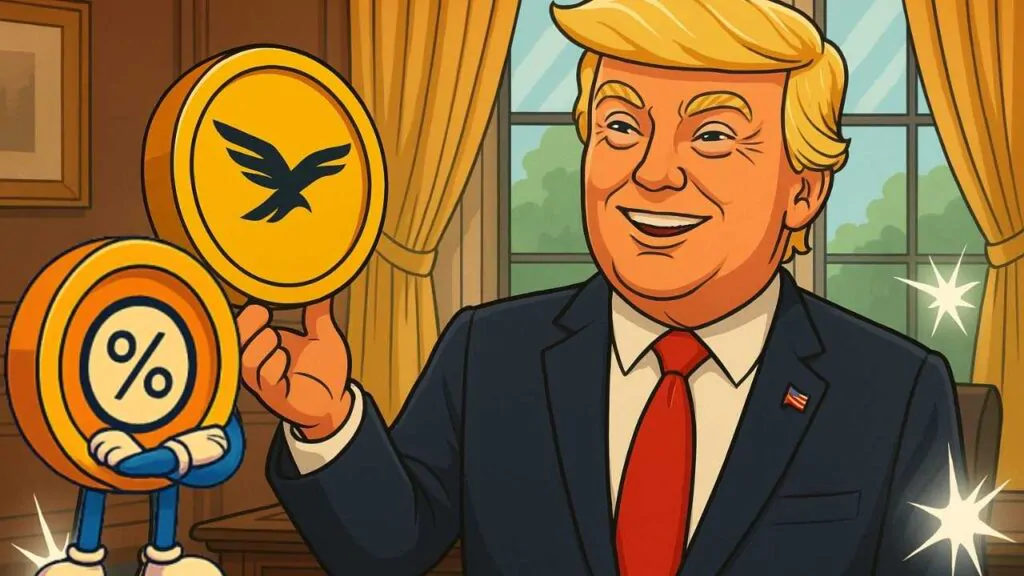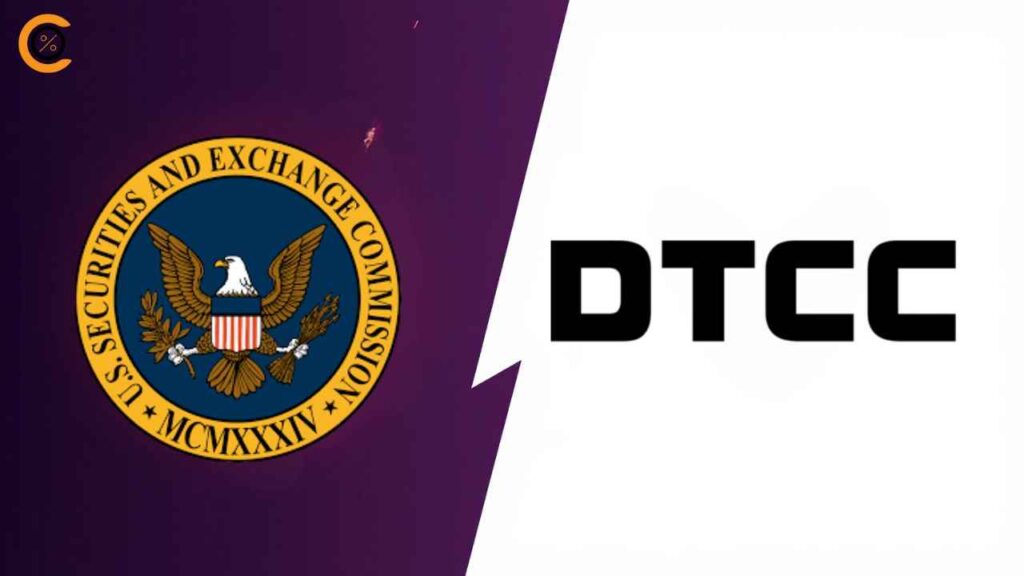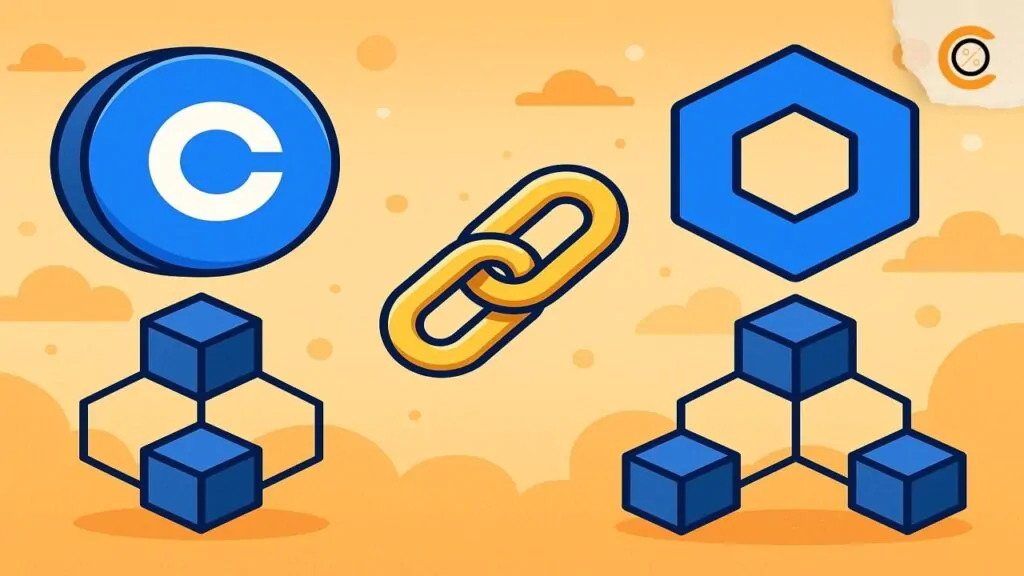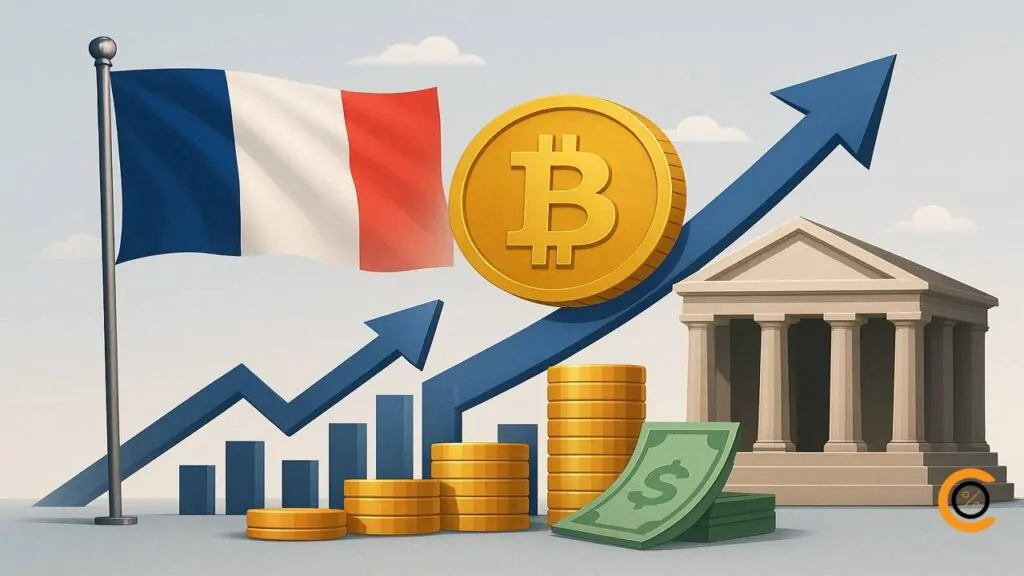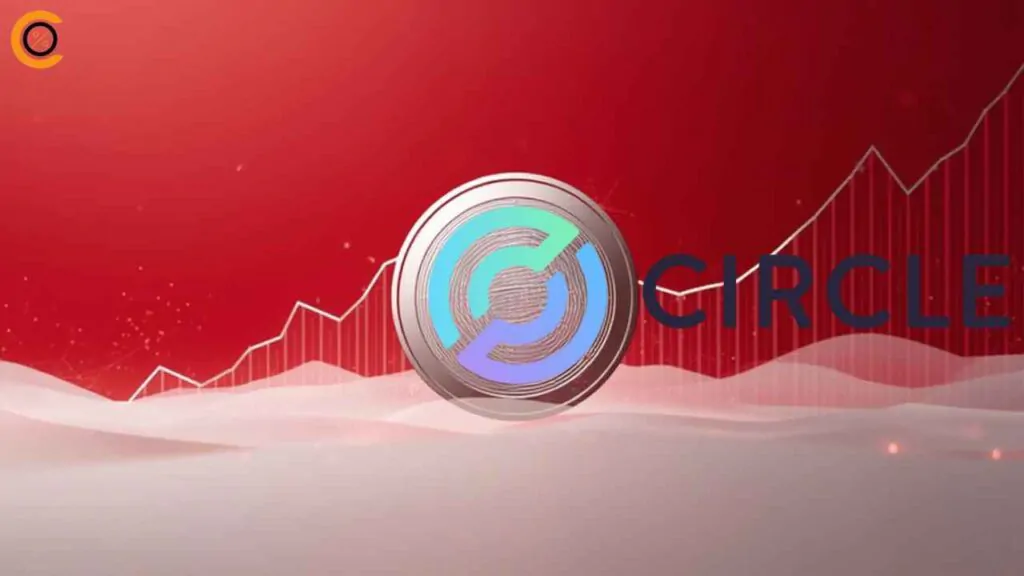- •WLFI token will start trading on September 1 2025 after raising 550 million in a presale limited to accredited investors.
- •Early investors can unlock 20 percent of their tokens while the rest will follow a governance vote through the WLFI Lockbox.
- •The project shows deep Trump family ties with a 40 billion valuation and raises questions about decentralization and political influence.
World Liberty Financial crypto has reached a new milestone with the launch of its WLFI token on Ethereum. After months of anticipation, the project is moving into the trading phase, bringing together finance, politics, and blockchain innovation in a single debut.
Launch Details and Background
World Liberty Financial (WLF) was introduced in October 2024 as a decentralized finance platform with direct political connections. The project was built on Ethereum’s layer-2 using Aave V3 technology and paired with its own stablecoin, USD1, pegged to the U.S. dollar and backed by Treasuries.
The WLFI token was initially sold in a presale restricted to accredited investors under U.S. Securities and Exchange Commission rules. That sale raised $550 million, with much of the proceeds flowing through entities affiliated with the Trump family. One wallet from the presale reportedly holds more than 2.7 million WLFI, highlighting token concentration at an early stage.
Token Unlocks and Governance
On September 1, 2025, WLFI will become tradable and transferable for the first time. Early backers who purchased tokens in the $0.015 and $0.05 rounds will be able to unlock 20% of their allocations. This first unlock represents about 5% of total supply.
The remaining 80% of tokens will be released according to a governance-driven schedule. Holders will vote on how and when the future unlocks should occur, while founders, team members, and advisors are not participating in the initial release. To claim tokens, investors must use the WLFI Lockbox, an on-chain verification system introduced on August 25.
Market Listings and Trading
WLFI is preparing for both decentralized and centralized exchange listings. Uniswap is expected to be one of the first decentralized exchanges to list the token. On the centralized side, several major platforms including Binance, and OKX have already enabled perpetual futures trading.
These futures began trading around $0.42, which implied a fully diluted valuation of roughly $40 billion. At that price level, the Trump family’s disclosed 15.75 billion WLFI stake would exceed $6 billion in value. Combined holdings through affiliated companies would place their position above $9 billion.
Meanwhile, Coinbase has listed the USD1 stablecoin, which is tied to the World Liberty Financial ecosystem. This integration signals an expansion of the project’s reach into mainstream platforms.
Learn more: How to trade futures on Binance
Political and Market Context
The project is notable not only for its financial scale but also for its political associations. Donald Trump has served as Chief Crypto Advocate, with Eric Trump and Donald Trump Jr. named Web3 Ambassadors. The family’s financial involvement has drawn scrutiny, with critics suggesting that concentration of tokens and political influence may challenge the principles of decentralization.
Supporters describe World Liberty Financial as a bold attempt to challenge traditional banking through blockchain technology. Critics, however, point out similarities to the centralized financial structures that decentralized finance originally set out to disrupt. Ongoing debate reflects the project’s role at the intersection of politics, finance, and crypto regulation.
Looking Ahead
World Liberty Financial crypto is entering a critical phase with the WLFI token becoming tradable on September 1, 2025. The token’s unlock schedule, governance model, and exchange listings will shape how it develops in the market. With a $550 million presale, a $40 billion implied valuation, and close political ties, WLFI stands out as one of the most closely watched launches of the year. Its future direction will depend on how governance, regulation, and market adoption balance the mix of innovation and influence.


